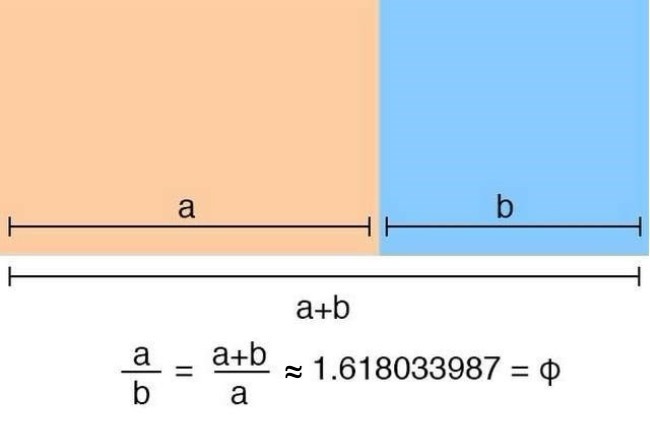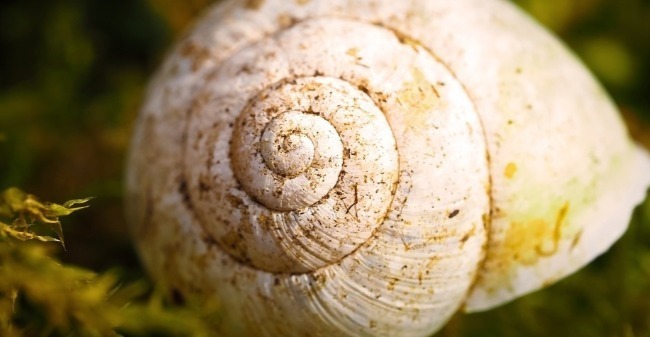Golden ratio or golden ratio consists of a irrational algebraic real constant. It is represented by the division of a straight line into two segments (a and b), and when the sum of these segments is divided by the longest part, the result obtained is approximately 1.61803398875. This value is called the "Gold number".

In mathematics, the golden ratio is represented by the Greek letter phi (φ), which is inspired by the architect Phidias, who would have created this concept when he helped design the Parthenon, in the mid-fifth century BC. Ç.
Because the golden ratio is an irrational number, it means that there will never be anything that has exactly the same value as the gold number. In fact, the closer something comes to this, the greater its symmetry and proportionality will be considered.
Golden Proportion and the Fibonacci Sequence
After being explored by other Greek scholars, the Golden Ratio (also known as "Divine Proportion" or "Reason of Phidias") gained more elaborate properties in the early 13th century.
the Italian mathematician Leonardo Fibonacci discovered an infinite sequence of numbers, where the division between terms always consists of approximating the number 1.6180 (the "golden number").

Learn more about Fibonacci Sequence.
Golden Proportion and the Golden Rectangle
When apply the principles of Golden Ratio in a rectangle, the creation of the golden spiral. For this to happen, a line must be drawn following the direction of the squares formed in the golden rectangle.
These are forms considered to be structures of perfect proportions and, for this reason, extremely pleasant to see.
Currently, the principles of the golden ratio are mainly applied in the field of design and architecture.
Learn more about gold number.
Golden proportion in nature
The most surprising aspect of the golden ratio is the possibility of applying it to almost everything in nature, according to some scholars. From tree branches, flowers, fruits, bones, animals, galaxies, DNA molecules, etc. The relationships that can be made between the golden ratio and the universe are practically infinite.
Shells and snails, for example, are good representations of how the golden spiral is a universal form of proportionality.

The video below was produced by Cristóbal Vila and shows clearly how the golden proportion is directly present in nature:
However, there are also advocates of "demystifying" the golden ratio as nature's standard for all things. According to experiments carried out by some researchers, such as physicists and mathematicians, the golden spiral and, consequently, the golden proportion are not necessarily present in all aspects of the universe as many imagine.
Golden proportion in the arts
Many architectural and artistic works would have been inspired by the idea of the golden proportion to be built. However, the awareness of the relationship between this principle and art was only born in the 16th century, with the study made by the Italian monk Luca Pacioli: of divine proportion.
From then on, it became common among Renaissance artists to apply the golden ratio in their works. Leonardo Da Vinci is considered one of the main examples, applying the concept of the golden reason in several iconic works, such as "The Last Supper", "Mona Lisa" and the "Vitruvian Man".
However, some scholars disagree with this statement and believe that not everything can truly fit the golden ratio.
See also the meaning of Vitruvian man.



